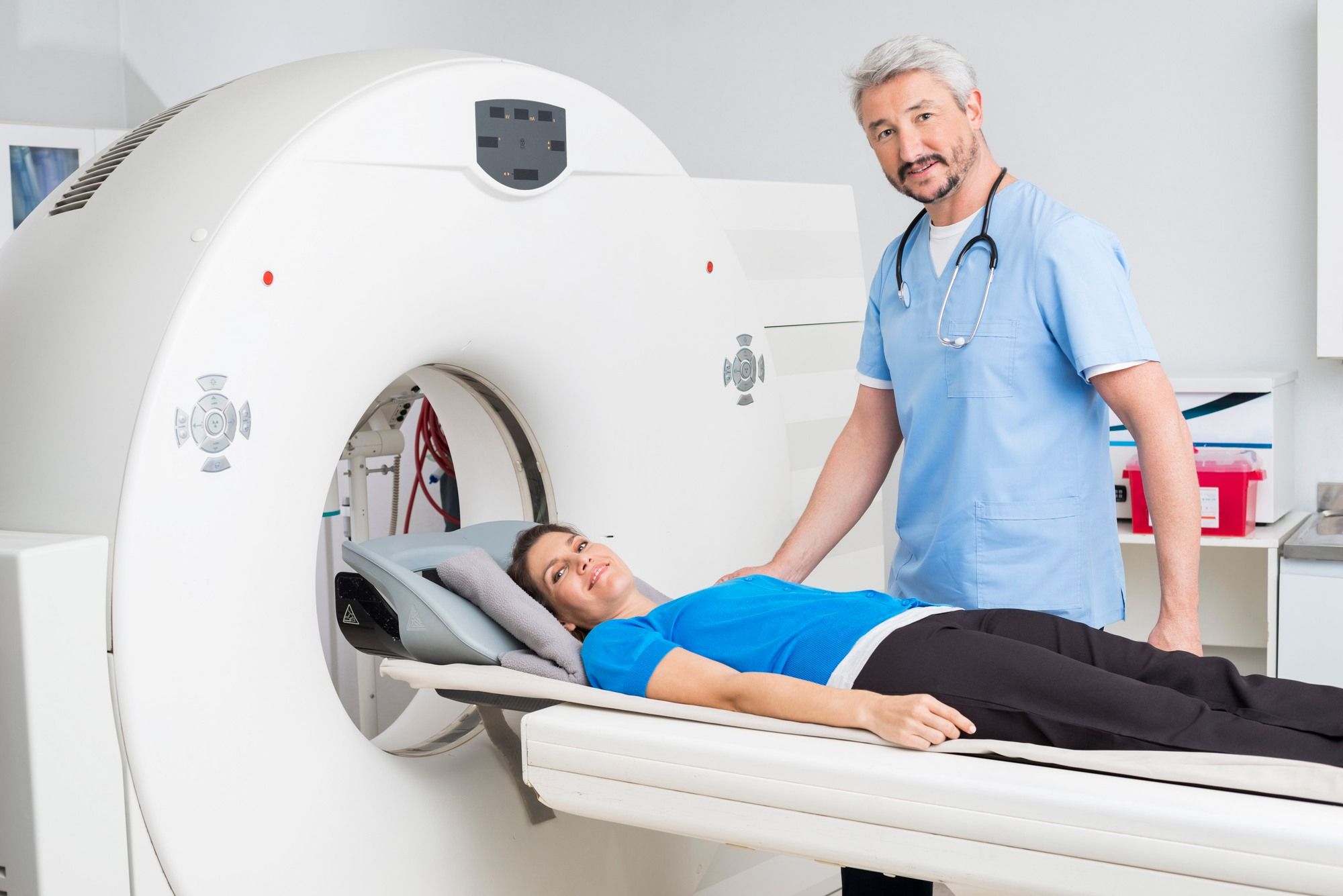Top Class Actions’s website and social media posts use affiliate links. If you make a purchase using such links, we may receive a commission, but it will not result in any additional charges to you. Please review our Affiliate Link Disclosure for more information.
Gadolinium contrast agents are often used in the field of radiology, specifically for magnetic resonance imaging (MRIs). These heavy metal substances may also be referred to as contrast dyes, and are used to improve the quality of MRI images. MRI scans that use gadolinium dye may be more accurate and lead to informed diagnoses.
However, after a study was released in 2014 indicating that gadolinium may not leave the body following these scans, and may instead be deposited in the brain, consumers and physicians have begun to wonder, is gadolinium harmful to humans?
Is Gadolinium Harmful to Humans?
Gadolinium contrast dyes may lead to several harmful side effects for patients, according to recent reports by patients. Although there is a warning on the label for gadolinium regarding the side effects associated with patients who have existing kidney conditions or hypersensitivity disorders, many of the possible side effects associated with the gadolinium are unlisted. While it is known that patients who have kidney damage or failure may be unable to filter the substance from their body, there is some evidence indicating that even in patients with healthy kidneys, the dye may deposit in the brain. Additionally, patients with allergy disorders may experience reactions to the dye.
What Is Gadolinium?
Gadolinium is a chemical element that appears as a shiny silvery white metal, but may appear nearly black due to oxidation. Jean Charles de Marignac discovered gadolinium in 1880. It has ions that contain fluorescent properties, which is why it helps enhance images of an MRI.
As a pure and free ion, gadolinium can be toxic, but the form used in MRI contrast agents is chelated, which means the ions are combined with other molecules that allow the gadolinium to be removed from the body. These chelating ions basically sequester the gadolinium and escort it out of the body through the kidneys.
Is Gadolinium Harmful to Humans According to the FDA?
Back in 2017, the FDA’s Medical Imaging Drugs Advisory Committee determined that gadolinium-based contrast agents (GBCAs) include a new warning. The FDA recommended the prescribing information say “a warning for retention for all GBCAs with greater retention of all or some of the linear GBCAs compared to the macrocyclics in certain organs including the brain,” and that “risk minimization steps” be followed when caring for specific patients.
MedPage Today indicates the FDA said that even though both linear and macrocyclic GBCAs are apt to leave some remnants of gadolinium in the human body, the macrocyclic GBCAs are more stable, which allows them to more efficiently “wash out.”
The committee members almost all agreed that besides the link of GBCAs to nephrogenic systemic fibrosis, there haven’t been any studies that show a definitive cause and effect relationship between gadolinium retention and patient symptoms.
What Side Effects are Associated with Gadolinium?
Many patients who have suffered from gadolinium side effects claim to have gadolinium deposition disease. According to a report by Cancer Today, this condition may result in side effects including joint pain, muscle fatigue, cognitive impairments, kidney damage, headaches, nausea, itchiness, dizziness, and vomiting.
In 2017, gadolinium deposition disease gained media attention with action movie star Chuck Norris filed a lawsuit claiming that his wife had contracted the condition. According to the lawsuit, Gena Norris began to experience painful symptoms after undergoing several contrast MRI exams. Her symptoms allegedly include burning pain, violent shaking, numbness and tingling, kidney damage, and respiratory issues. Similar symptoms have been reported by other patients who claim to have been harmed by gadolinium deposits. The Norrises withdrew the lawsuit in the spring of 2020.
Do Gadolinium Deposits Remain in the Body?

If you have experienced side effects after being injected with gadolinium dye for MRI scans, you may have wondered, is gadolinium harmful to humans? The heavy metal agent may be responsible for a variety of adverse side effects. Hiring a qualified attorney to review your case and determine whether you are eligible to file a class action gadolinium lawsuit may be the first step towards pursuing compensation for your side effects or injuries.
Join a Free Gadolinium Toxicity Class Action Lawsuit Investigation
If you or a loved one developed gadolinium toxicity after having an MRI with gadolinium contrast, you may be eligible to file a gadolinium MRI lawsuit against pharmaceutical companies. Fill out the form on this page for a FREE evaluation of your eligibility.
ATTORNEY ADVERTISING
Top Class Actions is a Proud Member of the American Bar Association
LEGAL INFORMATION IS NOT LEGAL ADVICE
Top Class Actions Legal Statement
©2008 – 2024 Top Class Actions® LLC
Various Trademarks held by their respective owners
This website is not intended for viewing or usage by European Union citizens.
Get Help – It’s Free
Join a Free Gadolinium MRI Lawsuit Investigation
If you qualify, an attorney will contact you to discuss the details of your potential case at no charge to you.
PLEASE NOTE: If you want to participate in this investigation, it is imperative that you reply to the law firm if they call or email you. Failing to do so may result in you not getting signed up as a client or getting you dropped as a client.
E-mail any problems with this form to:
Questions@TopClassActions.com.
Oops! We could not locate your form.













